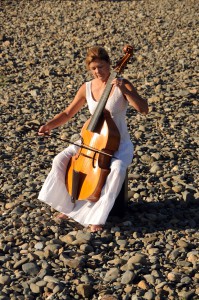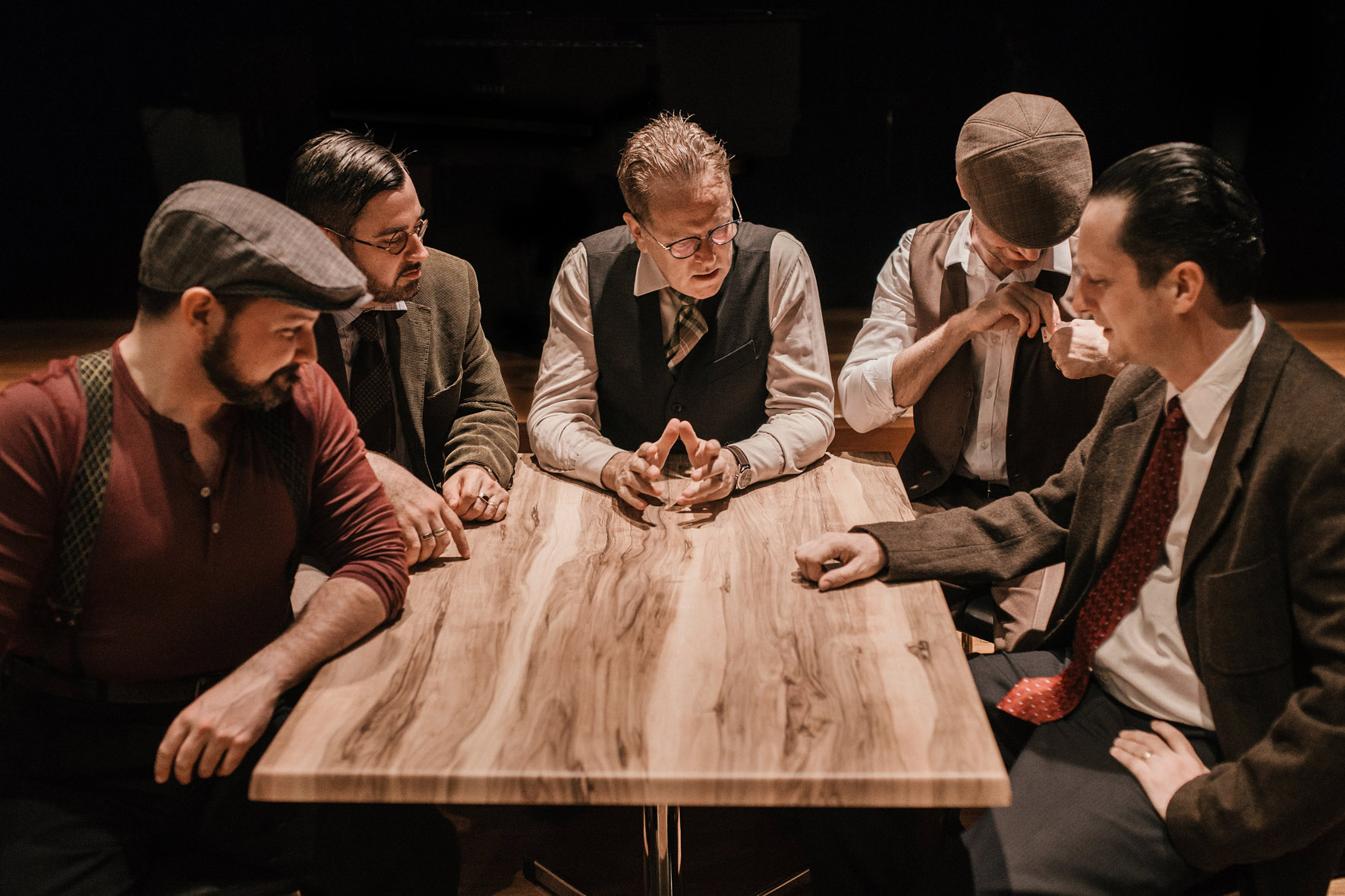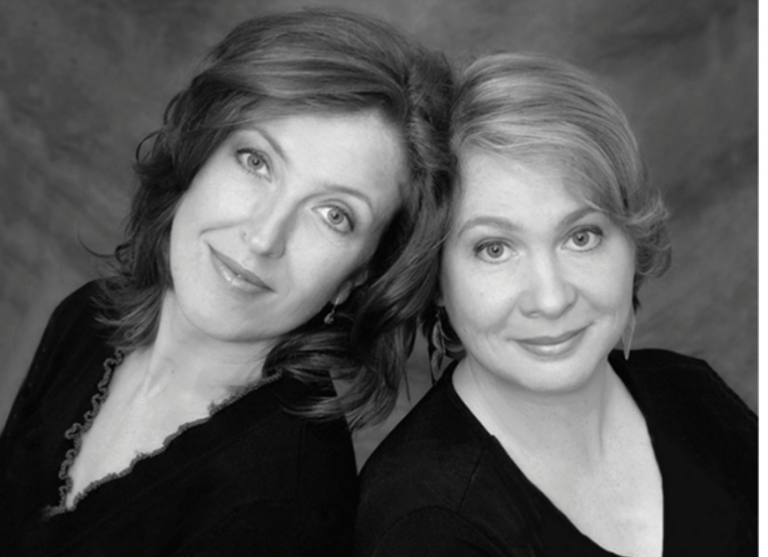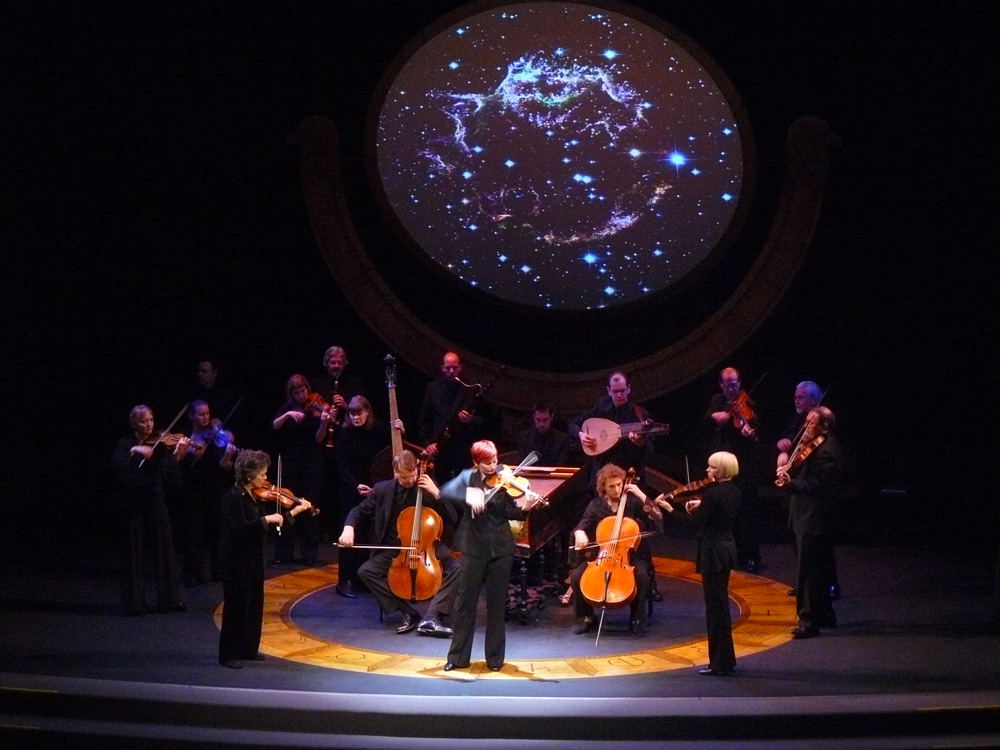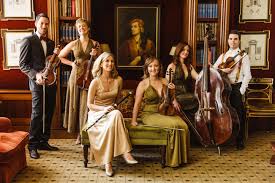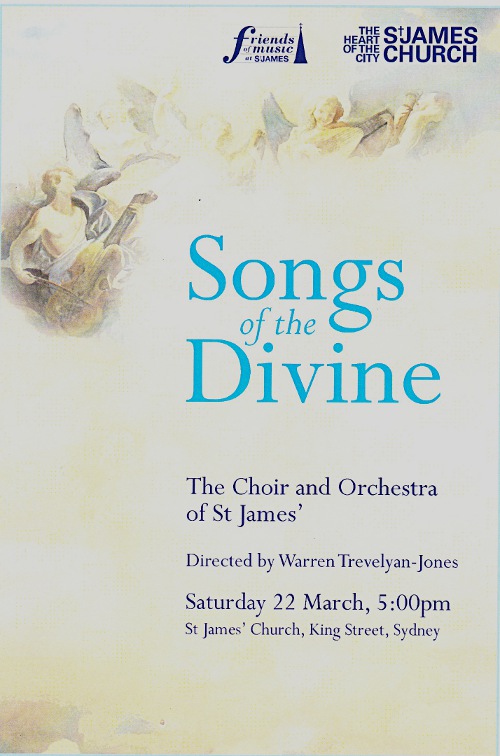Concert Review: The French Flute/ The Marais Project
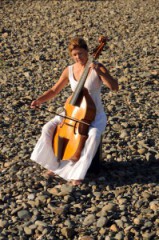
The Marais Project: Jennifer Eriksson (director and viola da gamba), Mikaela Oberg (baroque flute), Anna Sandström (soprano), Tommie Andersson (theorbo and baroque guitar), Anthony Hamad (harpsichord).
16 October 2016, Recital Hall West, Sydney Conservatorium, Macquarie St, Sydney
Written by Larry Turner
Concerts by The Marais Project often embark on little-known by-ways of music and explore them in some detail. Their latest program, entitled The French Flute, did exactly this. Apart from two short pieces by their eponymous composer they focused on the following generation of French composers, performing chamber music which featured a solo flute and/or solo soprano.
The concert opened with Jean-Marie Leclair’s Sonata VIII from his second book of sonatas, published in 1728, the year Marais died. Leclair was principally a violinist but he specified that many of his publications were also suitable for the flute. Mikaela Oberg played this elegant sonata stylishly and her baroque flute produced an attractively sweet tone. She captured the essential characters of the four contrasting movements and there was fine interplay with Jennifer Eriksson’s supple viola da gamba playing. Oberg was also the soloist in the fifth suite from Joseph Bodin de Boismortier’s 1731 publication of thirty-five suites. She again captured the spirit of the various dance movements, including an excellent rendition of the dazzling unaccompanied Fantasie. Both of these works were accompanied by a continuo of harpsichord and viola da gamba with theorbo or guitar. The actual composition of the continuo was varied, especially in the Boismortier, providing a refreshing variety to the texture.
The other guest soloist for the concert was the soprano Anna Sandström, making her first appearance with the Marais Project. She started with the cantata Zephire et Flore by Louis-Nicolas Clérambault which is a classic pastoral love story. Sandström’s voice is well suited to music of this period: bright, clear and using minimal vibrato. She showed an excellent understanding of the mannered style of this period and her flexible phrasing convincingly incorporated the obligatory French baroque ornamentation into the vocal line.
Marin Marais himself was represented by a sarabande and rondeau from his first book of pieces for viola da gamba and continuo. As Jennifer Eriksson pointed out, the theme of the sarabande bears a curious resemblance to God Save the Queen even though it was published in 1686, long before the tune was popularised in Britain. Eriksson displayed her customary mastery of the gamba and her fine sense of style in this repertoire.
The final work in the program employed all the performers in the cantata Arion by André Campra. This is a version of the familiar tale of music’s power to prevail over adversity. Sandström brought out the drama of the narrative without exceeding the tasteful conventions of this refined genre.
Throughout the recital, Anthony Hamad’s harpsichord playing provided a reliable tonal foundation for each work. The robust sound of the instrument itself, however, often tended to overwhelm the gentler tone of the other instruments and it may be that eighteenth century performances utilised a more softly voiced keyboard instrument. There was little opportunity for Tommie Andersson to shine in this program, but his discreet playing of the theorbo and baroque guitar consistently provided additional variety to the continuo.
Once again The Marais Project has put us in their debt by exploring a fascinating musical sideline. Where else in Sydney can one hear this music performed? Although the recital lasted only an hour it explored this unfamiliar repertoire in considerable detail. Careful programming also ensured there was considerable variety even within the narrow confines of this specialist area.
Larry Turner for SoundsLikeSydney©
Larry Turner is an avid attender of concerts and operas and has been reviewing performances for Sounds Like Sydney for several years. As a chorister for many years in both Sydney and London, he particularly enjoys music from both the great a capella period and the baroque. He has written programme notes for Sydney Philharmonia, the Intervarsity Choral Festival and the Sydneian Bach Choir and is currently part of a team researching the history of Sydney Philharmonia for its forthcoming centenary.

